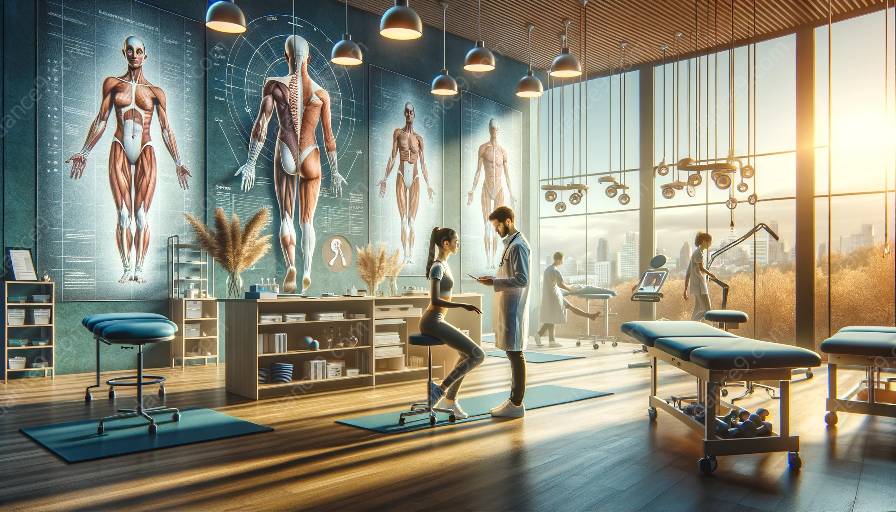Dance is a form of artistic expression that requires physical strength, flexibility, and endurance. The movements in dance, whether ballet, modern, jazz, or any other style, are not only beautiful but also physically demanding. Ergonomics, the study of how to fit the work environment to the capabilities of the worker, is an essential aspect of dance that influences the performance and health of dancers.
When it comes to dance, ergonomics plays a crucial role in optimizing the physical environment for the dancers, thus allowing them to perform at their best and reducing the risk of injuries. An ergonomic approach in dance considers factors such as proper body alignment, muscle balance, energy expenditure, and injury prevention.
The Link Between Ergonomics and Dance Medicine and Science
The field of dance medicine and science recognizes the significance of ergonomics in enhancing the well-being and performance of dancers. Dance medicine professionals work closely with dancers to ensure that they are practicing in an ergonomically sound manner, which can contribute to injury prevention and overall physical health. By incorporating ergonomic principles into dance training and practice, dancers can minimize the strain on their bodies and reduce the likelihood of overuse injuries.
Additionally, dance medicine and science professionals utilize ergonomic assessments to identify potential risk factors and provide personalized recommendations for dancers. These assessments may involve analyzing the dancer's posture, movement patterns, and footwear to address any ergonomic issues that could impact their performance or lead to injuries.
Improving Dancer Performance through Ergonomics
Ergonomics can have a significant impact on enhancing dancer performance by optimizing the dance environment and technique. Proper ergonomics in dance focuses on promoting efficient movement patterns, alignment, and muscle engagement, allowing dancers to execute movements with greater ease and precision. This, in turn, can improve the quality of their performances and contribute to their overall success as dancers.
Furthermore, ergonomics in dance can help dancers conserve energy and reduce fatigue during rehearsals and performances. By maintaining proper body mechanics and alignment, dancers can sustain their stamina and physical endurance, resulting in enhanced performance consistency and reduced risk of fatigue-related injuries.
Preventing Injuries Through Ergonomics
One of the primary objectives of integrating ergonomics into dance is to prevent injuries and promote the long-term physical well-being of dancers. Ergonomic principles can address common risk factors in dance, such as repetitive movements, excessive joint stress, and muscular imbalances, which are often associated with overuse injuries.
Through ergonomic interventions, dancers can learn how to modify their movement techniques, adjust their posture, and incorporate appropriate rest and recovery strategies, all of which contribute to injury prevention. By creating an ergonomically sound dance environment and training regimen, dancers can minimize the risk of acute and chronic injuries, allowing them to pursue their passion for dance with a reduced likelihood of physical setbacks.
Conclusion
Ergonomics is a vital component of dance that directly influences the performance, health, and longevity of dancers. By aligning the practice of dance with ergonomic principles, dancers can optimize their physical well-being, enhance their performance capabilities, and reduce the risk of injuries. It's essential for dancers, dance educators, and healthcare professionals to recognize the value of ergonomics in dance and work collaboratively to create an environment that supports the holistic development and safety of dancers.











































